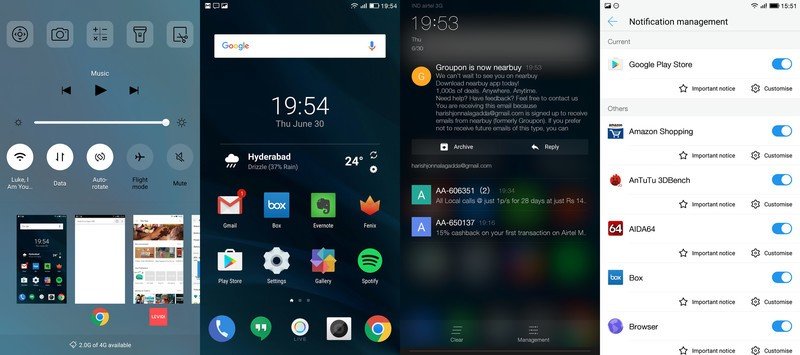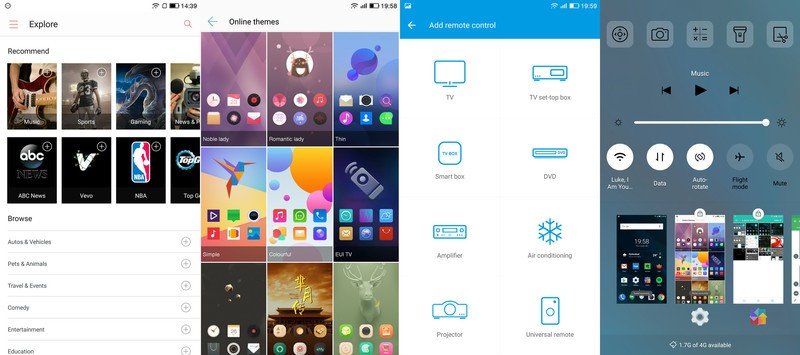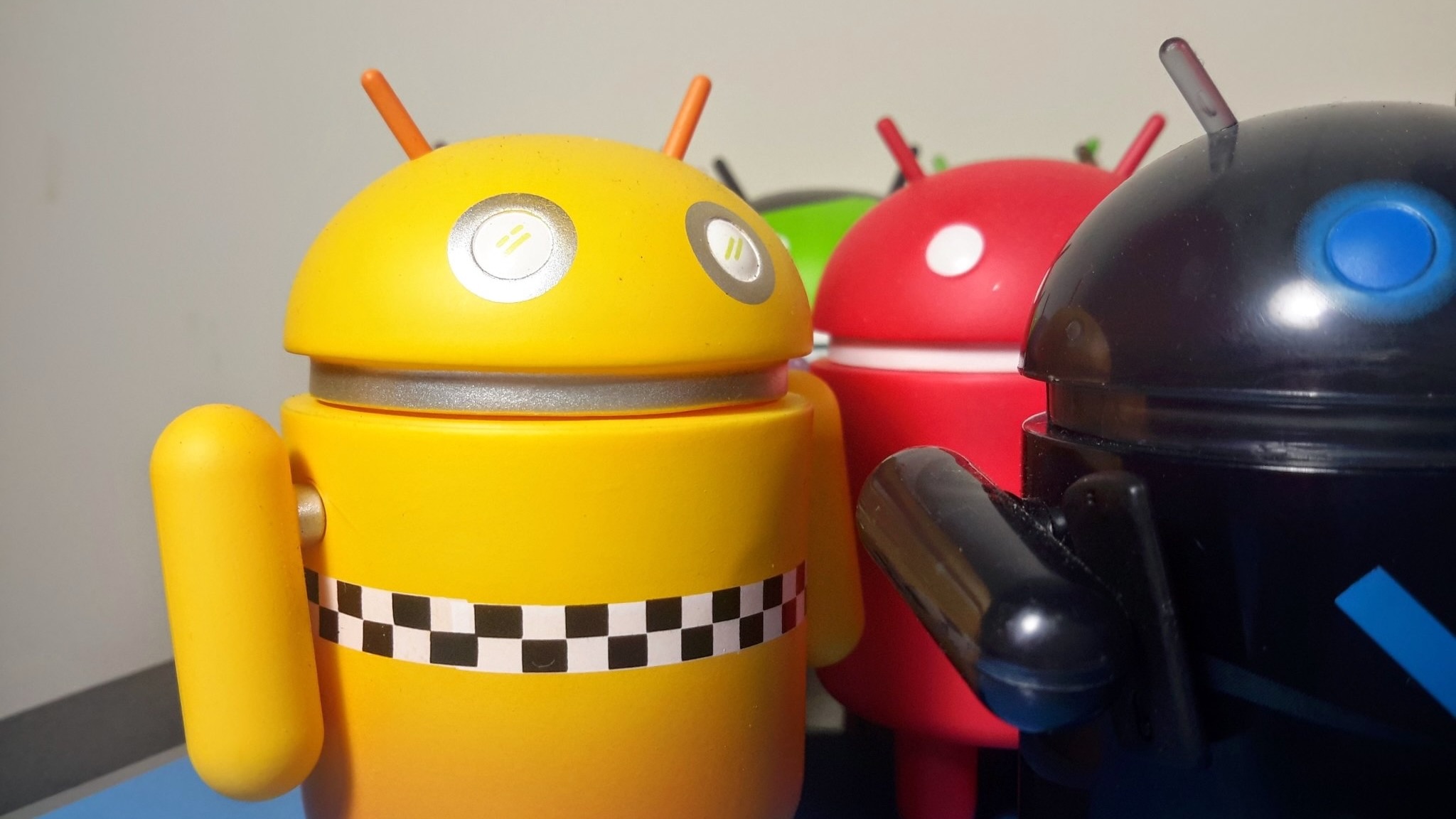Quick take:
The Le Max 2 is the company's flagship for 2016, and builds on what we've seen with the Le Max. The screen is a more manageable 5.7 inches (from its predecessor's 6.4 inches), and a 2.15GHz Snapdragon 820 SoC ensures that you won't see any slowdowns in day-to-day usage. The 21MP camera is one of the best at recording 4K video, and you get free access to LeEco's considerable content ecosystem. However, LeEco's decision to move to USB-C audio in favor of the ubiquitous 3.5mm jack is ill-advised, as it tries to solve a problem no one had in the first place.
The good
- Fast performance
- Decent camera
- Free access to LeEco's content ecosystem
The bad
- USB-C audio
- Average battery life
- Slow fingerprint sensor
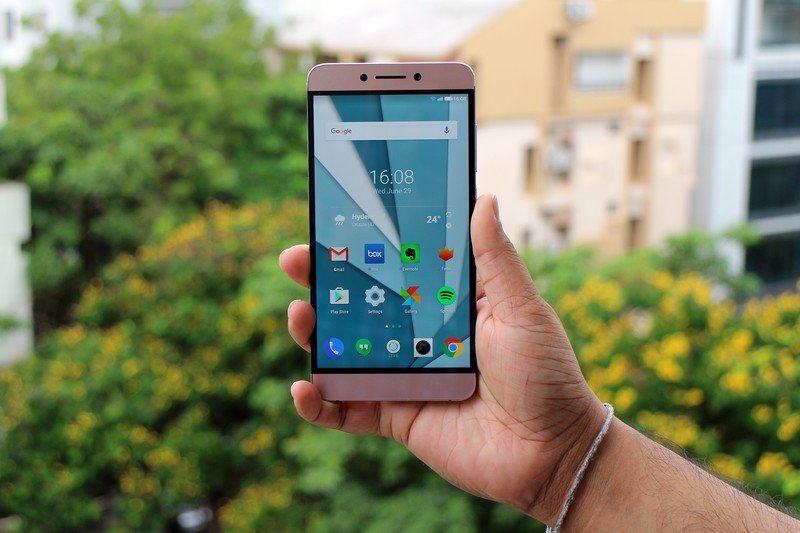
The big guns
Le Max 2 Full review
LeEco burst onto the smartphone scene at the end of last year, scoring several firsts in the process. The Le Max was the first phone to offer 6GB of RAM, and the Le Max 2 and Le 2 are now the first handsets to eschew the 3.5mm audio jack in favor of USB-C audio.
In addition to hardware, LeEco is betting big on its Supertainment content platform, through which the vendor is delivering live TV, music, and on-demand video services. The services cost ₹4,900 a year, but those purchasing the Le Max 2 and Le 2 will receive a one-year subscription to LeEco's content services for free.
With the Le Max 2, LeEco dialed the size of the screen down to a more manageable 5.7 inches, making it easier to use the phone on a day-to-day basis. The design is also more polished than what I've seen on the first-generation Le Max. However, the mid-range segment has become increasingly competitive of late, with the likes of the OnePlus 3 and Mi 5 readily available. Is the Le Max 2 worthy of your attention? Time to find out.
Get the latest news from Android Central, your trusted companion in the world of Android
Where's NFC?
Le Max 2 Specs
| Category | Features |
|---|---|
| Operating System | Android 6.0.1 Marshmallow with EUI 5.8 |
| Display | 5.7-inch Quad HD display |
| SoC | 2.15GHz Snapdragon 820 |
| Storage | 32GB/64GB |
| RAM | 4GB/6GB |
| Rear Camera | 21MP camera with Sony IMX230 sensor PDAF |
| Front Shooter | 8MP |
| Connectivity | Dual-SIM, LTE, Bluetooth 4.2 Wi-Fi ac |
| Charging | USB-C with fast charge |
| Battery | 3100mAh |
About this review
I (Harish Jonnalagadda) am writing this review after using the Le Max 2 for eight days in Hyderabad, India. For the duration of the review, the phone was connected to Airtel's 4G network in Hyderabad. The handset ran EUI 5.6.0.13S — based on Android 6.0.1 Marshmallow — out of the box, but picked up an update to 5.8.015S, bringing the June security update and stability fixes.
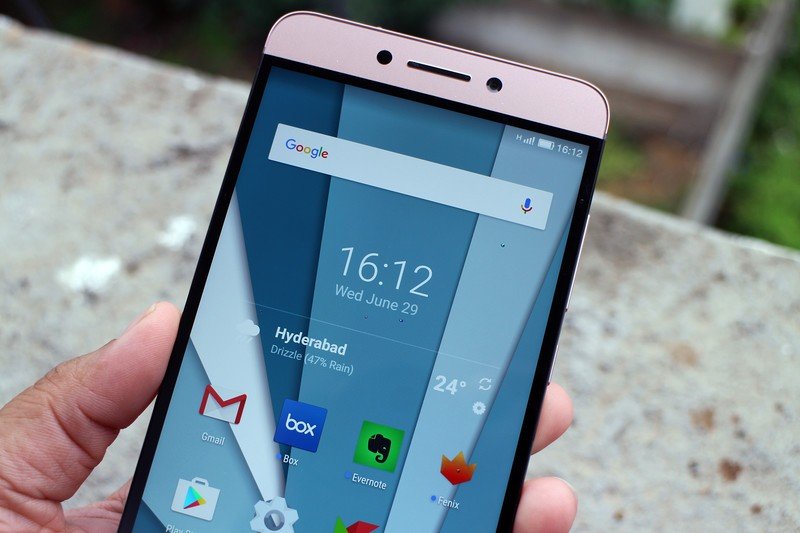
Size matters
Le Max 2 Design and display
The Le Max 2 has clean lines and chamfered edges, comprising a metal unibody construction. The front of the phone is designed to look like it doesn't have any bezels, thanks to the black borders around the edge of the screen. However, the bezels are very noticeable as soon as you switch on the display. The backlit capacitive buttons are housed at the bottom, and you'll find the power and volume rocker to the right of the screen.
On the back, you'll find antenna lines at the top and bottom, and a protruding camera sensor flanked by a dual-LED flash module to its left. The fingerprint sensor is located below the camera, and offers the ability to unlock the phone even when the screen is off, although there's usually a delay of a second before the screen switches on. The sensor itself features Qualcomm's Sense ID ultrasonic technology, which uses ultrasonic waves to map out the details of your fingerprint. However, the implementation could be better, as it usually takes a second for the sensor to recognize and authenticate the fingerprint before letting you log into the phone.
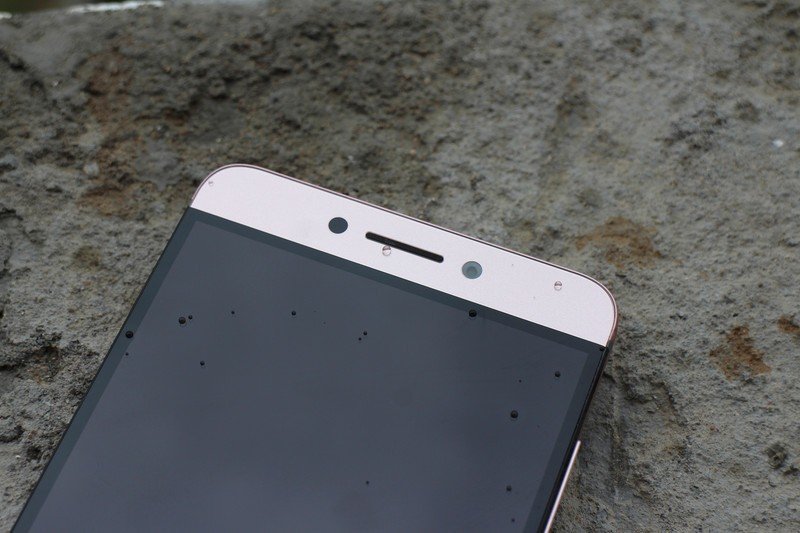

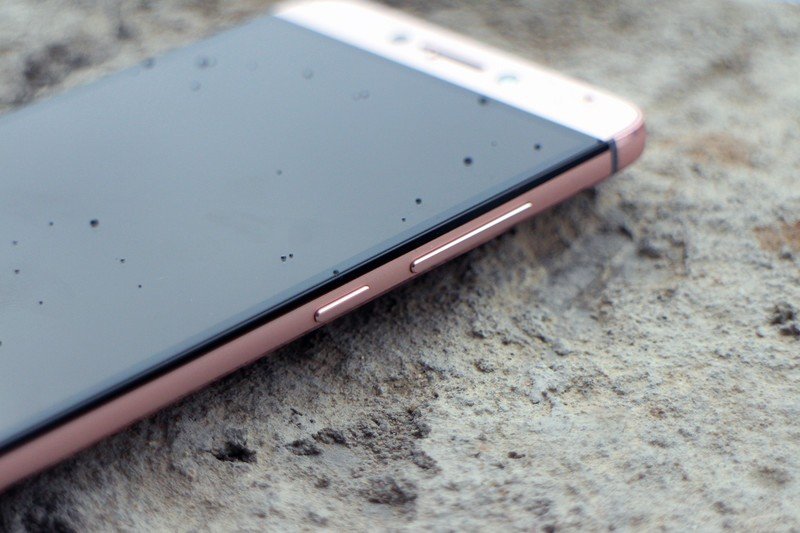


Overall, the Le Max 2 is quite heavy at 185g, and is not as comfortable to use one-handed as the OnePlus 3. The Mi 5 with its 129g weight and svelte profile is significantly better and much more ergonomic to handle. The build quality of the phone is top-notch, but there isn't any visual flair. The Letv branding at the back has given way to the newer LeEco moniker, although branding is still inconsistent as the Le 2 sports the older Letv logo.
The Le Max 2 has top-notch build quality, but it lacks visual flair.
As for the phone's display, you're getting a 5.7-inch QHD LCD panel, which offers great viewing angles and contrast levels, as well as decent visibility in bright conditions. However, colors are muted, and are nowhere near as punchy as other phones in this segment. Furthermore, the lack of 2.5D curved glass at the front lends to sharp edges.
It isn't the best display in this segment, but if your use case is limited to watching videos and movies from LeEco's digital content services, it is adequate. Do note that the screen is prone to scratches, and is highly reflective. There isn't any mention of Gorilla Glass (or Dragontrail), and given the scratches picked up in just over a week's worth of usage, it looks like the phone does not come with any added protection.
If you're considering the Le Max 2, a screen protector and a case is highly recommended, as getting a broken screen fixed can cost up to a third of the value of the handset.
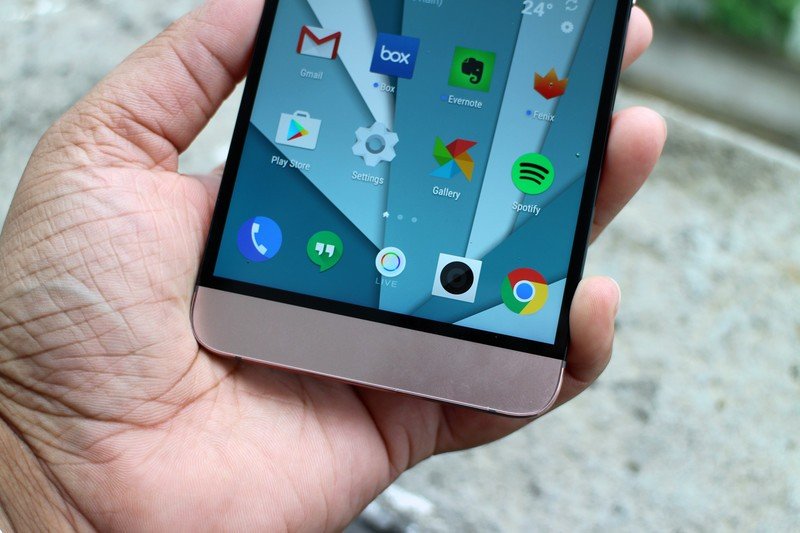
Bye bye 3.5mm audio
Le Max 2 Hardware
The Le Max joins the long line of phones from Chinese vendors that offer great value for money. The base variant of the phone retails for ₹22,999, and for that you get a quad-core 2.15GHz Snapdragon 820 SoC, 4GB of RAM, 32GB of storage, a 21MP camera, 8MP front shooter, Wi-Fi-AC with 2x2 MU-MIMO, Bluetooth 4.2, an IR blaster, USB-C, and a 3,100mAh battery. There's a model that offers 6GB of RAM and 64GB storage, which will be available for ₹29,999. NFC is a notable omission — a drawback, since the phone is otherwise feature-rich.
The variant we're testing is the one with 4GB of RAM, which doesn't miss a beat when it comes to multitasking or loading several apps. You're not going to see any slowdowns, lags, or stutters on the Le Max 2. The phone has a single speaker at the bottom, which delivers adequate sound. It isn't the loudest mono speaker we've seen, but it's loud enough that you won't miss hearing incoming notifications. Also included is Dolby Atmos support, and those looking to pick up the phone because of Atmos should know that the feature is mainly a marketing gimmick. You're going to need a dedicated audio setup — which includes ceiling-mounted speakers — to get true three-dimensional surround sound, and that effect just cannot be mimicked on a phone, even if you're using a pair of high-end headphones.

Continual Digital Lossless Audio
Ditching the 3.5mm audio jack in favor of USB-C audio is a "feature" no one asked for, but it looks like it's here to stay. After LeEco, Lenovo announced that it will leverage USB-C audio in the Moto Z and Moto Z Force, getting rid of the 3.5mm jack. With USB-C, the DAC and amps are moved from the phone to the headset itself, with the digital signal routed through USB-C and then converted to an analog signal through the built-in DAC in the headset. What this means is that even if you were to use a USB-C to 3.5mm jack to connect your older audio gear, the experience is going to be terrible as the phone does not contain the necessary audio decoders.
The situation is worsened if it's a pair of budget USB-C headphones, as they're not going to have a DAC that's anywhere near as good as what's included in the phone itself, which makes moot the whole argument of "digital lossless sound." Furthermore, moving the audio circuitry to the headphones will result in the inevitable increase in prices, as has been the case with Bluetooth-enabled audio products.
Listen to music, or charge your phone. It's up to you.
LeEco says that it introduced a "revolutionary approach to mobile audio transcoding and transmission that's an audiophile's delight," and that its USB-C headphones with built-in CDLA decoders "deliver Hi-Fi audio without the prerequisite of an amp or preamp making high-fidelity audio affordable and accessible to so many more." As marketing spiel goes, that resonates with a lot of users, as LeEco is promising audiophile-grade sound without having to invest thousands of dollars in equipment.
The manufacturer's USB-C in-ear headphones retail for ₹1,999, and for the price, they offer a bright soundstage. They are lacking in detail though, as the mids are muddled and there's a noticeable amount of distortion at high volumes. Not what you'd want in a pair of earbuds designed to deliver lossless audio. Bass response is decent, and if you're to listen to bass-heavy tunes, you won't find a lot of faults with LeEco's USB-C offering. That said, the earbuds aren't the most comfortable to use for a prolonged duration.
But the biggest issue with LeEco's in-ear headphones is that they plug into the USB-C port, which is also used for charging. As such, you can either charge your phone or listen to music, but not both. Welcome to the age of digital audio folks. Let's hope it goes the way of 3D.
Stream everything
Le Max 2 Software
The Le Max 2 offers LeEco's EUI 5.8, which is based on Android 6.0.1 Marshmallow. The phone doesn't come with any bloatware, with Yahoo Weather the only pre-installed service. As you'd expect from a Chinese vendor, the user interface is heavily customized. There isn't an app drawer, and the quick toggles have been moved from the notification shade to the recent apps menu. The button configuration sees the recent apps to the left, the home button in the middle, and the back key to the right, à la Samsung.
It's easy to get used to EUI. There's a theme engine on offer, through which you can tweak the look of the user interface. The options are limited when it comes to themes — there are a total of twelve available — but it is a quick way to alter the icons, backgrounds, and UI elements. While the software is better than what we've seen on the original Le Max, it still needs a lot of work.
With the notification shade devoid of quick toggles, all you get is a pane to view incoming notifications. Incoming notifications are displayed at the bottom of the lock screen, making it easier to access new messages when using the phone one-handed. App icons come with an unread count, similar to iOS.
The recent apps menu is more akin to Control Center on iOS, and is even called that. It gives you access to customizable quick toggles, music controls, apps running in the background, amount of RAM available, and the ability to modify the home screen backgrounds. You can prevent apps from being cleared away through a swipe down gesture, and a swipe up gesture gets rid of apps in the background.
The differentiator with LeEco's handsets is its digital content ecosystem, which is delivered through Le Live and Levidi. Le Live is where you'll find live programming from over 100 channels, with LeEco partnering with YuppTV. Easy access to TV channels is great, but the maximum resolution is 396p, which is a major letdown considering you get a QHD screen to view the content on.
Levidi is a video service that lets serves up recommendations based on your genres of interest. There's also a feature-rich IR remote utility that lets you control a variety of devices, including TVs, set-top boxes, ACs, DVD players, and the like.
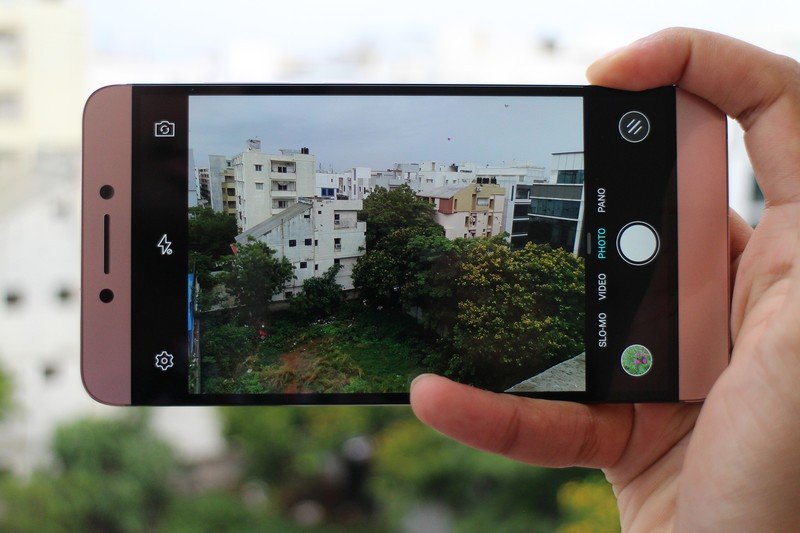
All the pixels
Le Max 2 Camera
The Le Max 2 offers a 21MP camera (last year's Sony IMX 230) with an f/2.0 lens, OIS, PDAF, and dual-LED flash. At the front, there's an 8MP shooter with an f/2.0 lens. The camera is quick to focus in daylight, but takes a tad longer to dial in on a subject in poor lighting conditions. The images look great when viewed directly on the phone, but transfer them to a decent monitor and you'll notice its tendency to overexpose shots. The camera fares significantly better in well-lit conditions, but if you're taking shots in excessively bright or low-light conditions, you're not going to be very impressed with the images you get.






The camera app itself is a pretty standard affair, with buttons for flash, switching between the front and rear cameras, and settings. You can swipe between Photo, Video, Slo-Mo, and Pano modes, and there's an option to choose from 9 filters (with a live preview). There's no dedicated manual mode, but you can adjust the ISO, exposure, and white balance by heading into the settings. You can also enable or disable HDR, switch to Night mode, add Beauty effects to images, and change scenes by swiping up from the bottom bar while in Photo mode.
As for selfies, the 8MP camera is more than adequate for sharing on social networks.
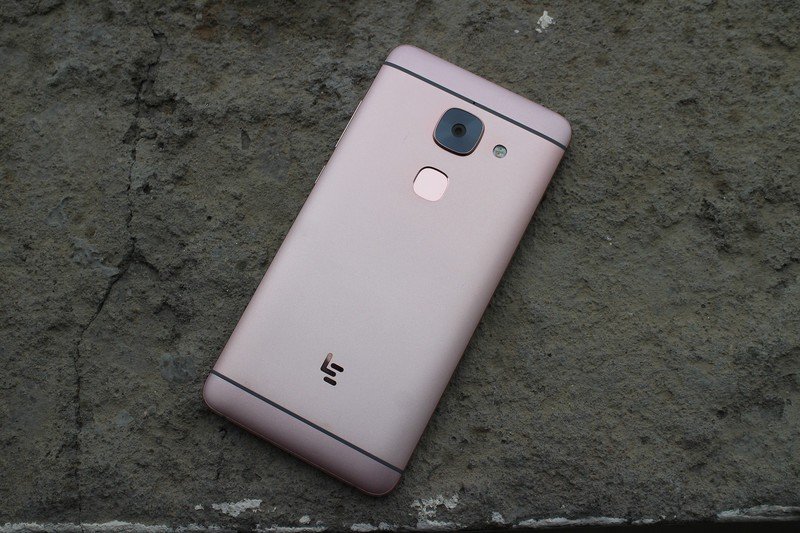
Hey there USB-C
Le Max 2 Battery life
The battery life on the Le Max 2 is surprisingly decent considering the phone has a 5.7-inch QHD display and a 3,100mAh battery. I was able to make the battery last a day or more on average, with typical usage including at least two hours of browsing, an hour on social media, a few hours streaming podcasts and music, and a few YouTube videos over the course of the day.
The phone offers Quick Charge 2.0 tech, which while isn't the fastest way to charge your phone does allow you to quickly top up should you need to during the day.

At a crossroads
Le Max 2 Bottom line
While the Le Max 2 offers decent hardware for the price, there are several trade-offs. The phone is unwieldy when compared to the likes of the OnePlus 3 and the Mi 5. Then there's the slow fingerprint sensor, and the lack of Gorilla Glass for the screen. The camera isn't great at focusing in low-light, and the lack of a 3.5mm jack is going to be a deal breaker for most.
Even if you've decided to purchase the handset, getting your hands on the Le Max 2 isn't straightforward. Most Chinese vendors have gotten rid of flash sales, but it looks like LeEco didn't get the memo. You're going to have to register and wait in line to get your hands on the Le Max 2 (or the Le 2). If the first flash sale is any indication, LeEco has adequate stock of the Le Max 2, and it's unlikely that units will be sold out in a matter of seconds.
If you're keen on the digital content services on offer and don't mind being confined to LeEco's ecosystem, the Le Max 2 offers a lot for your money. That said, the paltry resolution of the content available and the fact that you'll have to shell out ₹4,900 from next year to continue accessing Levidi and Le Live make it hard to recommend.
Should you buy it? No
LeEco's decision to go with USB-C audio is moronic. There's no tangible reason for the manufacturer to get rid of the 3.5mm jack other than to say that it was the first to do so. If you've invested in a lot of audio gear over the years, stay away from this phone. Vote with your wallets, folks.
There's just no reason to buy the Le Max 2 over the OnePlus 3. Even though the OnePlus 3 has a Full HD screen, it offers so much more for an additional ₹5,000. And you don't have to wait for an invite or a flash sale to get your hands on the phone, as it's available on general sale on Amazon India right now.

Harish Jonnalagadda is Android Central's Senior Editor overseeing mobile coverage. In his current role, he leads the site's coverage of Chinese phone brands, networking products, and AV gear. He has been testing phones for over a decade, and has extensive experience in mobile hardware and the global semiconductor industry. Contact him on Twitter at @chunkynerd.

